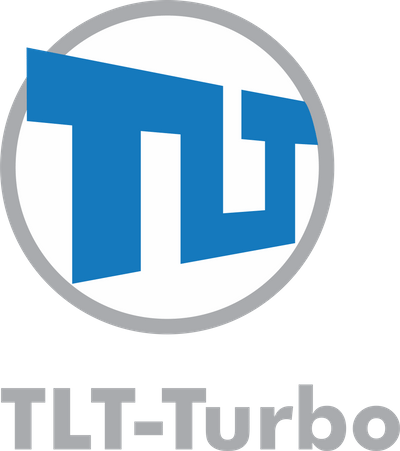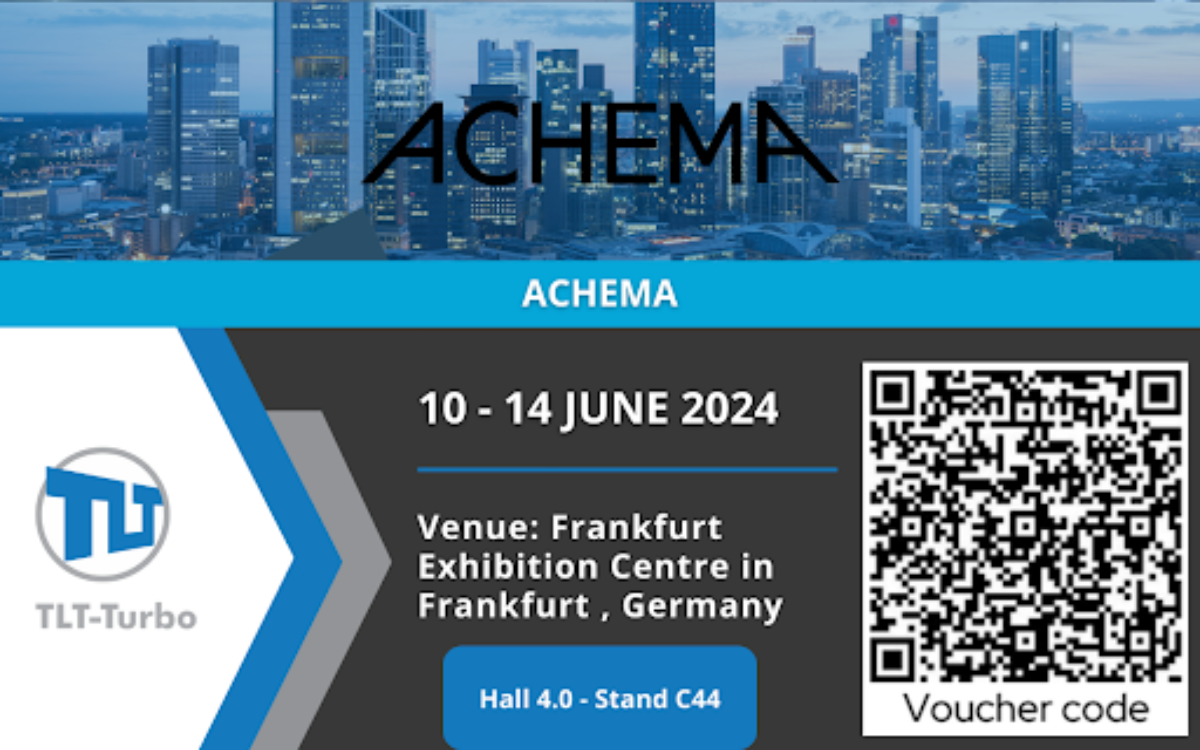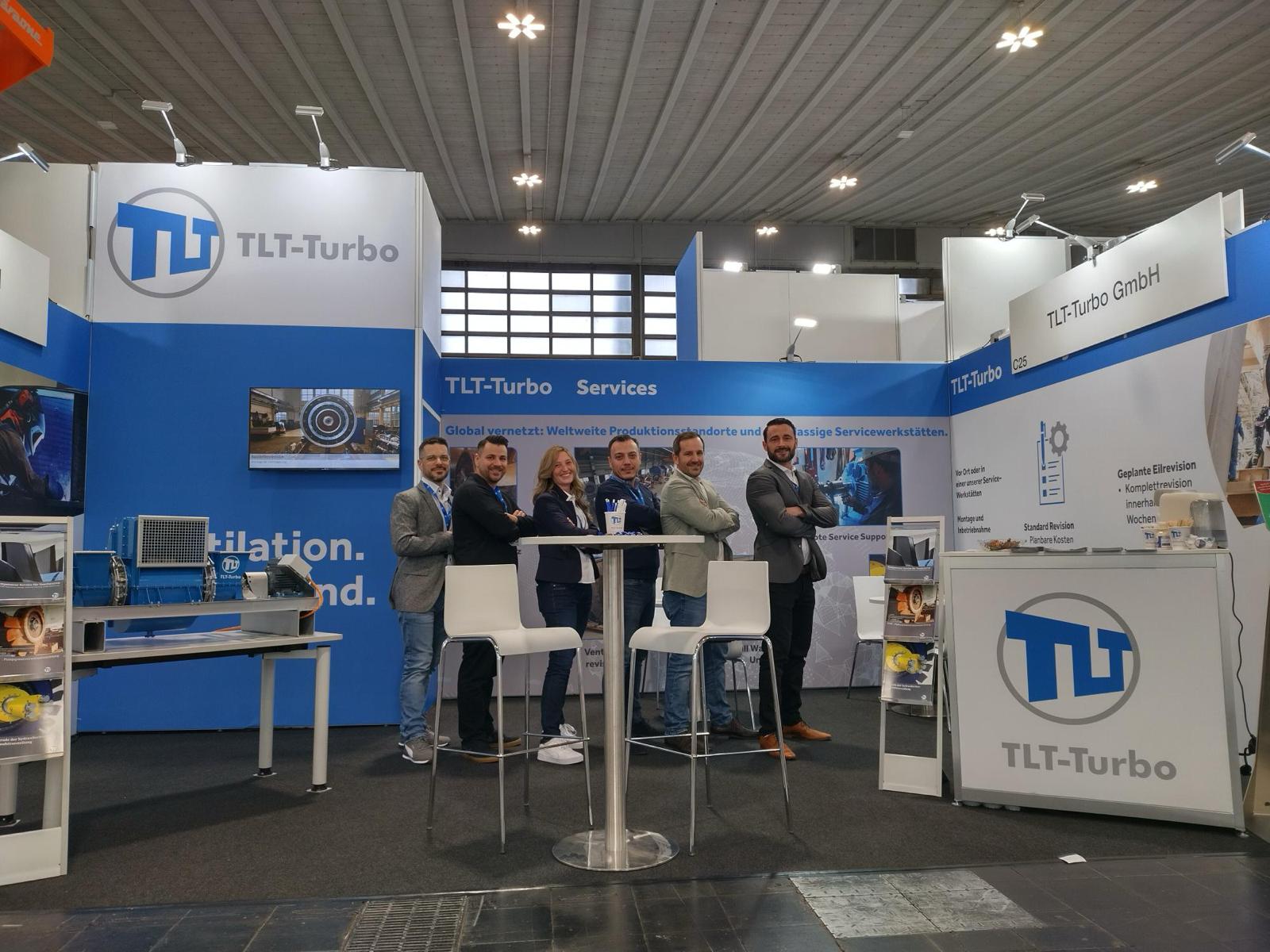Global ventilation fans and systems manufacturer, TLT-Turbo GmbH, has spent the past five years investing in and equipping its on-site test lab. The test lab now provides streamlined processes for research, advancing product quality and expanded capabilities for material testing. With a focus on particle impact wear testing, the test lab is driving innovation forward at TLT-Turbo as the results help improve product reliability, quality and performance in their final operating environment.
Patrick Baumgärtner a Research and Development Engineer – and expert in wear and corrosion protection – at TLT-Turbo, has played an instrumental role in building up the test lab – located at the TLT-Turbo Development Centre in Zweibruecken, Germany – to its current capabilities. Together with Sabine Groh, Industrial Fans Product Manager at TLT-Turbo, they have been spearheading the current research.
Currently, the core field of research at the test lab is the testing of new wear-resistant materials and coatings for fan components. Baumgärtner says that the testing takes place in the lab’s solid particle impact wear test bench. There, various types of dust or abrasive particles are blasted onto the test material, varying the angle and speed of the blasting to observe the resulting wear. “We also carry out caking tests in which we select, for example, anti-adhesive layers for our fans, in order to find suitable solutions for customer applications. A further main focus is the analysis of process residues that can have an abrasive or corrosive effect. Here the composition, size distributions, pH value and conductivity in the eluate are determined,” Baumgärtner explains.
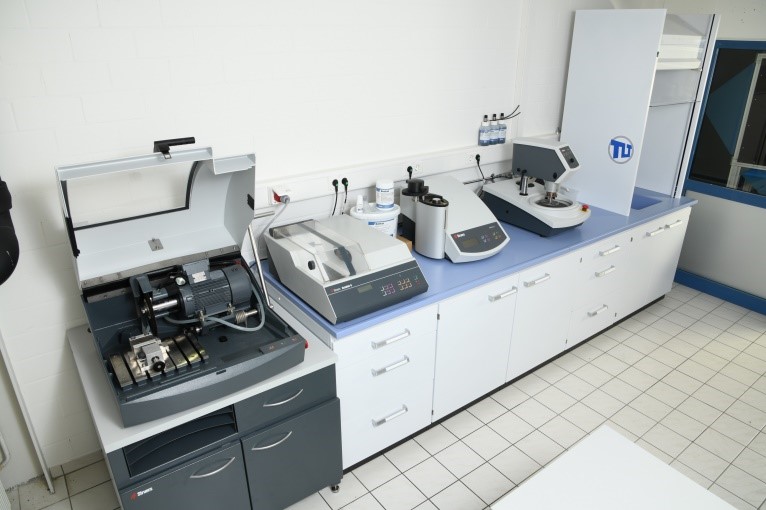
TLT-Turbo’s approach is to continuously test materials, coatings and components in order to produce fan components that are designed for performance excellence in any operating environment – no matter how abrasive. This testing is applied to current and new products in development but also to samples that are brought in from client sites in order to establish the wear patterns caused by their specific environment. In this way, TLT-Turbo is able to provide each client with a customized solution that will last longer and require less maintenance.
The test lab now offers facilities for metallography, a stereomicroscope, a pycnometer for determining the density of materials and coatings, and an automated solid particle impact wear test bench. “The capabilities of the test lab open a lot of doors for advanced research that will make a positive contribution to the engineering community at large as well,” says Baumgärtner. “Under my supervision, studies and thesis research takes place in the laboratory in cooperation with local colleges and universities. For me, this is the basis for successfully researching and developing new solutions in our field.”
According to Groh, the test lab has almost endless possibilities for the improvement of product delivery to clients. “Our customers are often operating TLT-Turbo fans in abrasive and/or corrosive environments. To develop suitable solutions that match the wear resistance against particle impact we use our automated solid particle impact test bench. Compressed air accelerates a defined mass flow of abrasive particles to velocities up to 300 m/s and propels them onto a piece of sample material. This leads to material loss and wear that we can examine. It is even possible to use original dust from a customer’s plant to evaluate the most suitable solution for them. By varying the impact angle we can observe system characteristic wear curves. With this knowledge we can provide customized solutions for many processes.”
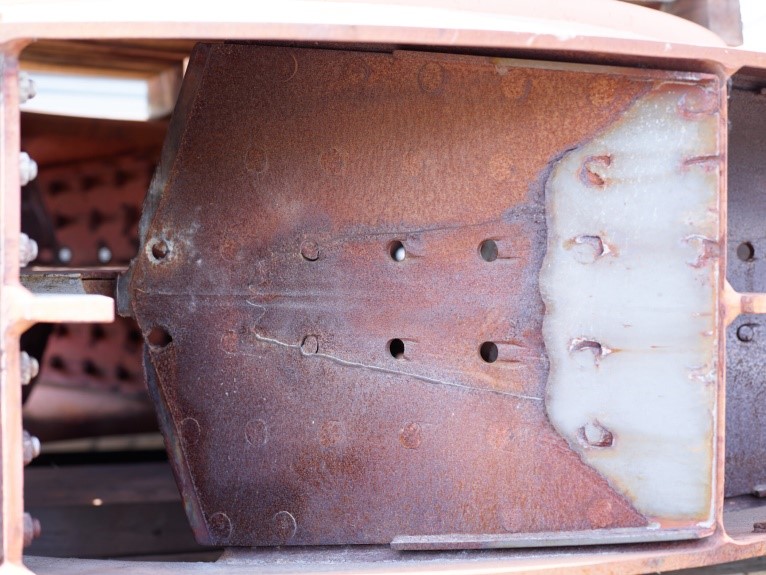
These customized solutions can be best illustrated in the selection of coatings. This, says Groh, has an immensely positive impact for TLT-Turbo clients. “If we were to propose a new coating for a customer, the wear rate of the coating would be determined first. That is the main scientific-based decision criteria for wear resistant coatings. If the coating has a superior wear rate compared to other coatings or at least a wear rate that is on par with other coatings and another beneficial quality such as anti-stick effect, corrosive resistance or a cost advantage it will be implemented into TLT´s coating portfolio.”
Groh says that they have also conducted tests that have led to the development of completely new proprietary coatings. “During the manufacturing process, coatings were tested to see the influence of welding heat on coating qualities – such as the development of cracks – to ascertain how to avoid damage caused by heat or weld splashes. We conducted research and testing on combining welded coatings and thin layer coating into a Hybrid Coating which can dramatically increase the operational lifespan of TLT-Turbo fans at their clients’ plants.”
This is one of numerous examples of how TLT-Turbo’s testing capability can positively impact ventilation systems across all applications. “Due to the broad database of wear tests on various materials and coatings, we are able to offer tailor-made wear protection solutions for various processes of our customers,” Baumgärtner acknowledges.
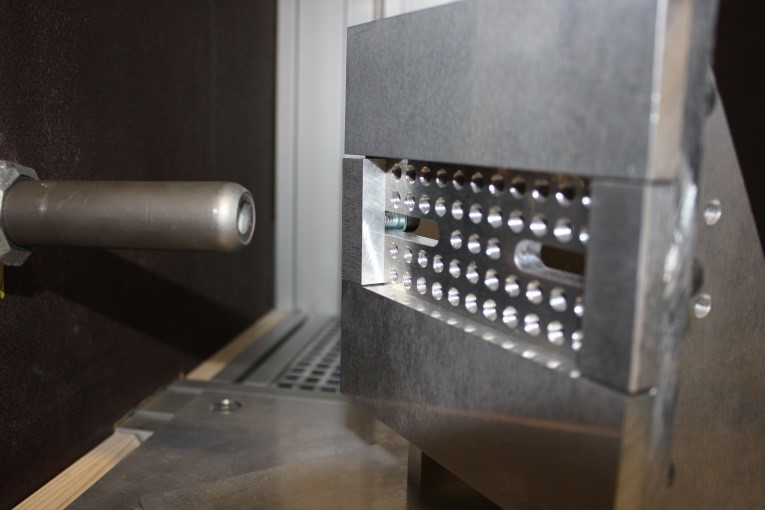
Groh agrees, adding that the wide variety of chemical compositions and coating conditions such as acceleration of coating powder and heat development make it extremely difficult to objectively find the best coating by carrying out testing at a customer plant. “The process of reaching just initial findings in these conditions is very time consuming. In addition to this, there is a broad variety of conditions to contend with at different customer plants that hinder an accurate comparison of different coatings at different plants. If you test different coatings on one machine you might get a rough estimation what coating is superior, however different wear rates of coating cause imbalances in the impeller and vibrations at the fan.”
She elaborates by explaining that finding a precise comparative measurement on different coatings is impossible without being able to analyse how the wear rate changes at different angles. “At the test lab we can control the conditions to find precisely what we are looking for in a shorter timeframe. Additionally we are able to replicate the fan’s operating environment. We can run tests using dust collected from the client site while simulating particle speeds that match the client’s environment to precisely simulate wear rates.”
In the laboratory environment, the TLT-Turbo team is also able to determine additional coating properties as they have the capability to run additional experiments, e.g. corrosive resistance, anti-stick effect, robustness, heat resistance, suitable application methods, and combination possibilities like hybrid coatings.
The test lab has afforded TLT-Turbo engineers a deeper understanding of the mechanisms behind wear and the effects of specialized solutions. This has led to new approaches in product advancement and development that are grounded in providing solutions that meet market requirements.
“The analysis of residues from plants has a great influence on product development as we are making more informed decisions when choosing materials for corrosive and abrasive environments,” says Baumgärtner.
This has also had an impact on TLT-Turbo’s aftermarket service offering. The test lab, has allowed for new customer services can be generated, such as the performance of specific tests for customers. “The development of new solutions for specific customer problems is now much faster and more accurate. Also the suitability of low cost approaches or solutions that allow for wear induced damages to be repaired on-site integrate effortlessly into TLT-Turbo’s existing solutions,” Groh concludes.
The test lab enables TLT to continuously improve their solution portfolio for different customer problems with a focus on wear. The combination of understanding the client’s exact requirements and challenges and having a tool that allows engineers to find the best solutions from a scientific basis are a key factor for success in the market and play an important role for TLT-Turbo’s on-going product development and quality client delivery.
– ENDS –
MEDIA CONTACT TLT-TURBO GLOBAL CONTACT
Oxigen Communications Global Marketing Office
Nicola Weir Anna Renner
nicola@oxigencomms.com a.renner@tlt-turbo.com
About TLT-Turbo
TLT-Turbo GmbH builds radial and axial flow fans for virtually any application. First-rate engineering, tradition and progress in air handling technology and a worldwide support network have been the cornerstones of their excellent global renown as a fan and systems manufacturer for more than 140 years. TLT-Turbo GmbH fans and the associated system components are deployed successfully all over the globe. To date over 10,000 fans have already been installed. Their subsidiaries, branches and agencies span the globe including TLT-Turbo offices in Germany, China, Austria, Russia, South Korea, USA, Chile, Hungary, Australia, India and South Africa.
Visit tlt-turbo.com for more information.
